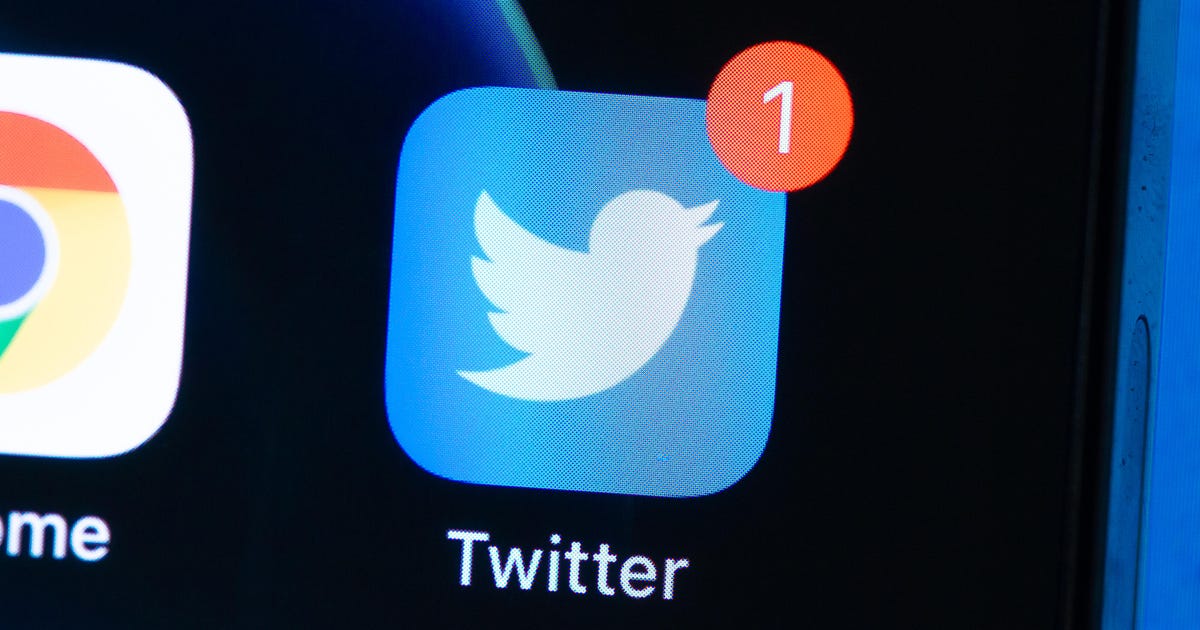Twitter Tests New Process For Reporting Harmful Content
Twitter is testing a new format twitter testing new format how to report on twitter does twitter report reach how to report a tweet twitter is testing a new format twitter testing content feature twitter testing new format twitter testflight

Twitter tests new process for reporting harmful content
Twitter has begun testing an overhauled process for users to report harmful tweets, with the goal of simplifying the process by asking users to describe what they're seeing, the social network said Tuesday.
Instead of requiring users to identify which Twitter rule a tweet violates, Twitter's new "symptoms-first" approach asks them what they felt was wrong with a tweet, relieving them of the burden of interpreting Twitter's rules. Twitter likened the new approach to an emergency room situation in which a doctor asks where the patient is feeling pain rather than asking if they have a broken leg.
"What can be frustrating and complex about reporting is that we enforce based on terms of service violations as defined by the Twitter Rules," senior Twitter UX manager Renna Al-Yassini said in a blog post. "The vast majority of what people are reporting on fall within a much larger gray spectrum that don't meet the specific criteria of Twitter violations, but they're still reporting what they are experiencing as deeply problematic and highly upsetting."
The testing, which will begin with a small group of Twitter users in the US, comes amid continuing criticism that Twitter isn't doing enough to reduce the amount of abusive or hateful content on the platform. The company said it plans to roll the testing out to a wider audience in 2022.
By refocusing the reporting process on the firsthand information people can provide, Twitter said it hopes to improve the quality of the reports it receives. Even if a specific tweet doesn't violate Twitter's rules, the company said the information it gathers could still be used to improve experiences on the platform.
The move follows an update Twitter announced in November to its private information policy that bans the sharing of photos and videos of private individuals without their consent. Content can be removed if the site determines it's been shared "to harass, intimidate, or use fear to silence them."
Source
